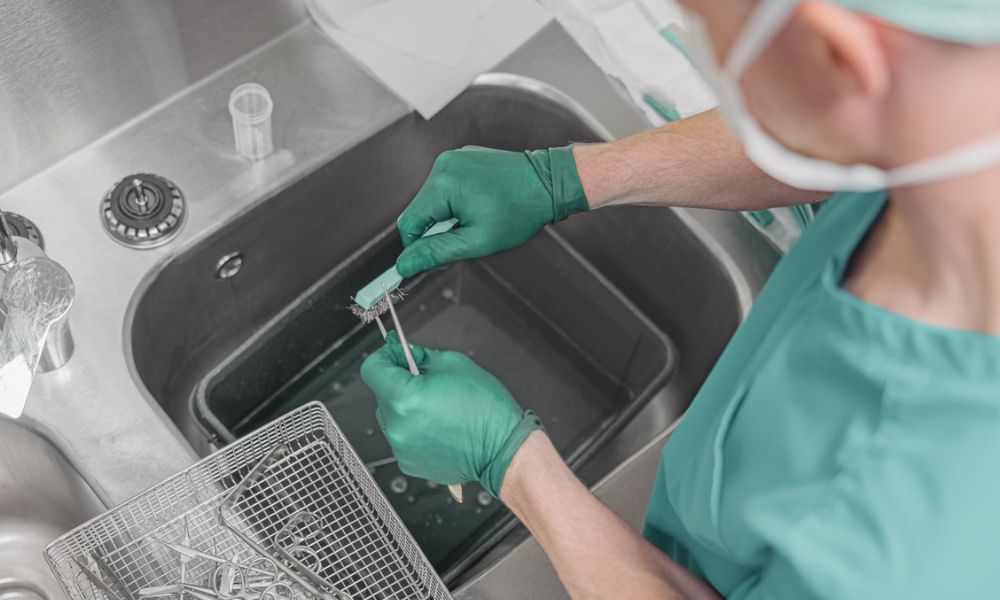Cleaning validation is a vital step in the development and production of any medical device heading to market. Lacking a proven cleaning process not only puts the efficacy of your product into question, but it may also impact the safety of patients. Medical device manufacturers face a series of trials as they strive to meet the stringent cleanliness standards required by regulatory bodies. Here are some of the top challenges in medical device cleaning validation and how to address them.
Understanding Regulatory Requirements
Navigating the labyrinth of regulatory guidelines can be one of the most daunting aspects of validating your device. Regulations, such as ISO 13485 and FDA’s QSR, dictate a thorough understanding of the expectations for cleaning and sterilization for market requirements in the United States. Globally, there are different regulations to be aware of when choosing where you plan to market your device. Inconsistencies in interpretation can lead to non-compliance, which may result in product recalls and impact patient safety. Therefore, manufacturers must stay informed of the latest updates and understand how these requirements specifically apply to their devices.
Selecting the Right Cleaning Agents and Methods
Selecting cleaning agents and methods that effectively remove contaminants without harming the device can be an intricate process. The chemical, material, and mechanical compatibility of devices and the selection of materials require meticulous consideration. The wrong combination could lead to device damage, compromising patient safety and device effectiveness.
Developing Robust Cleaning Procedures
Manufacturers must document step-by-step protocols that consider every aspect of the cleaning process, from pre-cleaning to final checks. The process for cleaning will then get added to the manufacturer’s instructions for use. The challenge here is to create procedures that are thorough and practical for operational purposes. This involves conducting risk assessments, such as failure mode and effects analysis (FMEA), to identify potential weaknesses in the processes and mitigate them proactively.
Establishing Repeatable and Consistent Cleaning Processes
Another common challenge in medical device cleaning validation is creating processes that are repeatable and feasible in a real-world setting. Device manufacturing is a complex interplay of variables, such as operator technique, equipment performance, and environmental conditions, which can all impact the uniformity of cleaning outcomes. To ensure repeatability and consistency, manufacturers must invest in operator training and equipment maintenance. Manufacturers must also work with hospitals and facilities to make sure they are properly trained with the necessary tools to repeat the process if necessary. Regular monitoring of cleaning processes through visual inspection, surface sampling, and analytics is also crucial.
Validating Cleaning Effectiveness
The final challenge is to validate that the cleaning processes are effective. This involves demonstrating that the cleaning procedures consistently achieve predetermined levels of soil reduction. Manufacturers must design validation studies that simulate real-world conditions and use worst-case scenarios to test the limits of their cleaning processes. The challenge lies in the complexity of these studies, which can be time-consuming, labor-intensive, and expensive. Nevertheless, they are indispensable in establishing the safety and reliability of medical devices.
Navigating the complex trials involved with medical device cleaning validation is a multifaceted endeavor. It demands technical knowledge, regulatory understanding, and a steadfast commitment to patient safety and product quality. Fortunately, HIGHPOWER can help you with every aspect of the process. We have years of experience performing medical device cleaning validation, making us a leading resource for manufacturers needing accurate information and guidance during product development.
